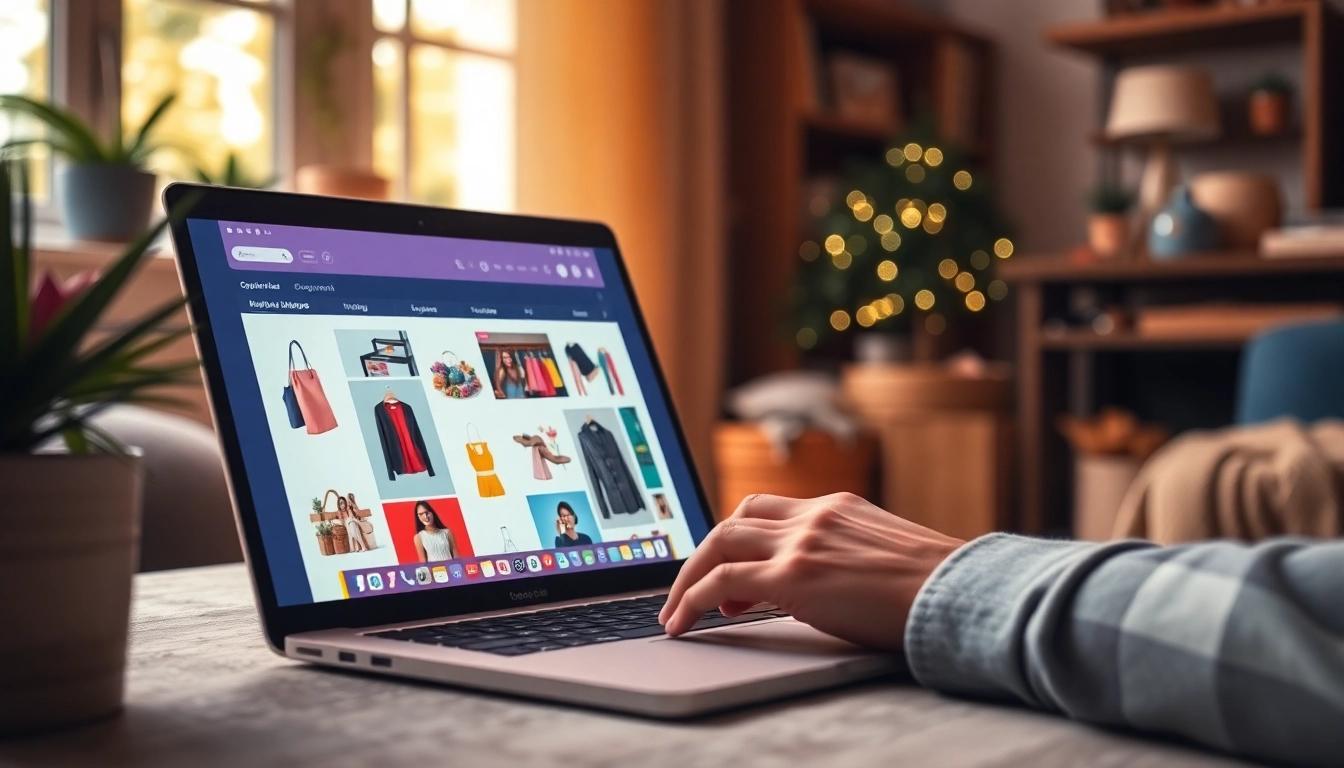Understanding Ultimateshop cvv and Its Importance
In today’s digital age, ensuring safe and secure online transactions is more crucial than ever. One of the key elements of online payment security is the CVV (Card Verification Value) number. Specifically, when we refer to Ultimateshop cvv, we hone in on the significance of this number in the context of using Ultimateshop effectively for secure transactions. In this article, we will explore the nuances of CVV codes, the need for secure payment methods, and tackle some common misconceptions to put you on the right path for safe online shopping.
What is Ultimateshop cvv?
The Ultimateshop cvv is a security feature for credit and debit cards, serving as an additional layer of protection to prevent unauthorized transactions. Typically, this three or four-digit number is printed on the back of your card (for Visa, MasterCard, and Discover) or the front (for American Express). It works in tandem with your card number and expiration date to verify that the person making the transaction is indeed in possession of the card. This makes it significantly more difficult for fraudsters to complete transactions without access to the actual card.
Why Secure Payment Methods Matter
The digital landscape has dramatically transformed how we shop, but it has also created vulnerabilities. Fraudulent activities such as data breaches, phishing attacks, and identity theft can compromise consumer information. Research shows that online fraud has been rising at an alarming rate, making secure payment methods not just important but essential. Secure payment methods such as those utilizing CVV codes help protect consumers against unauthorized transactions.
Furthermore, utilizing platforms that focus on security, like Ultimateshop, can provide peace of mind when shopping online. By opting for services that actively work to safeguard user data, consumers can prevent financial losses and the emotional toll stemming from security breaches.
Common Misconceptions About CVV Codes
Many consumers hold misconceptions about CVV codes that can leave them vulnerable. One common belief is that simply having a credit card number is sufficient for online purchases, without recognizing the additional layer of security provided by the CVV. Additionally, some individuals mistakenly believe that sending their CVV via email or over the phone is okay, not realizing that these practices can expose them to fraud. It’s crucial for consumers to understand that sharing their CVV with unverified contacts can compromise their financial security.
Another prevalent misconception is that smaller online retailers do not require a CVV for transactions because they are less prone to fraud. In reality, every retailer, large or small, can potentially be a target for cybercriminals. Thus, utilizing the Ultimateshop cvv is a wise practice, regardless of the retailer’s size.
How to Use Ultimateshop cvv Safely
Step-by-Step Instructions for Secure Online Shopping
Using the Ultimateshop cvv safely requires following best practices during the shopping process. Here is a step-by-step guide to ensure secure online shopping:
- Check the Website’s Security: Before entering any personal information, verify that the website is secure. Look for “https://” in the URL and a padlock icon in the address bar.
- Use a Secure Network: Avoid using public Wi-Fi for online transactions. Instead, use a trustworthy, secure network to minimize risk.
- Look for Trust Signals: Research customer reviews and check for any online presence of the retailer. Evaluating their reputation can help assess legitimacy.
- Enter Your Payment Information Cautiously: When prompted to provide your payment details, ensure you are on a secure page. Enter your card number, expiration date, and CVV code carefully.
- Confirm Receipt: After completing the transaction, ensure you receive email confirmation. If you don’t receive one, it may indicate a failed transaction or a potential issue.
Best Practices for Protecting Your CVV
Protecting your CVV code is imperative for safeguarding financial information. Here are some best practices:
- Never Share Your CVV: Your CVV is private information that should never be shared over phone calls or emails.
- Use Reputable Websites: Shop only from trusted retailers and avoid clicking on links from unsolicited emails.
- Monitor Bank Statements: Regularly check your bank and credit card statements for any unauthorized transactions. Prompt reporting can mitigate losses.
- Enable Two-Factor Authentication: Whenever possible, enable two-factor authentication (2FA) on accounts linked to your financial information for an additional layer of security.
Tools and Technologies for Enhanced Security
In the ever-evolving landscape of online security, numerous tools and technologies have emerged to help consumers protect their CVV and overall payment information. Here are a few:
- Encrypted Payment Gateways: Utilize stores that use encrypted payment gateways, which ensure that your CVV and other sensitive information are transmitted securely.
- Digital Wallets: Consider using digital wallets (e.g., PayPal, Apple Pay, Google Pay) that store your payment information securely and reduce direct exposure to CVV submission.
- Browser Security Features: Many modern web browsers come with built-in tools that alert users about potential security risks. Ensure your browser is up-to-date and leverage these features.
- Security Software: Invest in reputable security software that can protect against malware and phishing sites.
Identifying Reliable Online Stores
How to Spot Legitimate Retailers
Identifying a reputable online retailer can be straightforward if you know what signs to look for. Here are several factors to consider:
- Contact Information: Legitimate websites typically provide clear contact information, including phone numbers, email addresses, and physical addresses.
- Return Policies: Reputable retailers have transparent return policies, which are usually accessible on their site.
- Trust Seals: Look for trust seals from independent organizations like Better Business Bureau (BBB) or McAfee Secure, indicating that the site meets security standards.
Red Flags to Avoid When Shopping Online
While there are numerous signals indicating legitimacy, several red flags can alert you to potential fraud:
- Lack of Contact Details: If a site doesn’t provide contact information or hides it behind multiple buttons, it could be a sign of fraud.
- Unbelievably Low Prices: If the prices are too good to be true, they probably are. Always trust your instincts when a deal seems overly impressive.
- Poor or No Customer Feedback: Research customer reviews and social media presence. A lack of feedback or numerous complaints can indicate issues with the retailer.
Comparing Competitor Practices in Online Security
It’s important to acknowledge that online security practices can vary greatly from one retailer to another. Some may utilize robust security measures, while others may not adhere to best practices. By comparing competitors:
- Evaluate their website security features.
- Assess customer service responsiveness concerning security concerns.
- Consider their history with data breaches or customer complaints regarding security.
Case Studies: Success Stories of Secure Transactions
Real-World Examples of Using Ultimateshop cvv
Several success stories illustrate how utilizing the Ultimateshop cvv has led to secure transactions. For example, a consumer shared their experience purchasing holiday gifts from an online retailer. By entering their CVV during checkout, they successfully made several transactions without incident, emphasizing the security provided by the CVV system.
Another case involved a small business that integrated enhanced security measures into their platform. By utilizing the Ultimateshop cvv along with two-factor authentication, they successfully reduced chargeback incidents substantially, boosting their overall sales and customer trust.
Lessons Learned from Security Breaches
Security breaches often serve as cautionary tales for consumers and retailers alike. For instance, a major retailer experienced a data breach that exposed millions of customer records, including CVV codes. This event highlighted the necessity of robust encryption and the implementation of multi-layered security systems that go beyond simple CVV verification. Lessons learned from these events stress the importance of maintaining up-to-date security frameworks and practicing proactive monitoring of online transactions.
Consumer Feedback on Security Methods
Consumer perception of security measures like the Ultimateshop cvv can provide insight into their effectiveness. Surveys indicate that consumers feel significantly more comfortable making purchases when they’re informed about security features such as CVV codes. Customers appreciate transparency regarding how their information is protected, reinforcing their choice to shop with retailers that prioritize security.
The Future of CVV and Online Security
Emerging Trends in Payment Security
The landscape of online payment security is continually evolving. Emerging trends include biometrics, such as fingerprint and facial recognition technologies, which could replace traditional CVV usage. Additionally, artificial intelligence is being utilized to identify patterns of fraudulent behavior in real time, enhancing the overall security of online transactions.
How Technology is Shaping Online Shopping
Technological advancements significantly influence how consumers shop online. Innovations such as augmented reality for product previews and enhanced mobile payment integrations are becoming more prevalent. As these trends develop, they will inevitably bring new ways to augment security, ensuring that consumer data remains protected while enabling a seamless shopping experience.
What Consumers Can Expect in the Next Decade
Looking forward, consumers can expect more robust security measures that emphasize convenience without compromising safety. Developments in encryption technology, enhanced user authentication methods, and improved fraud detection systems will likely dominate the future landscape of online payment security. Additionally, ongoing consumer education efforts about safe shopping practices will further bolster overall security awareness.

